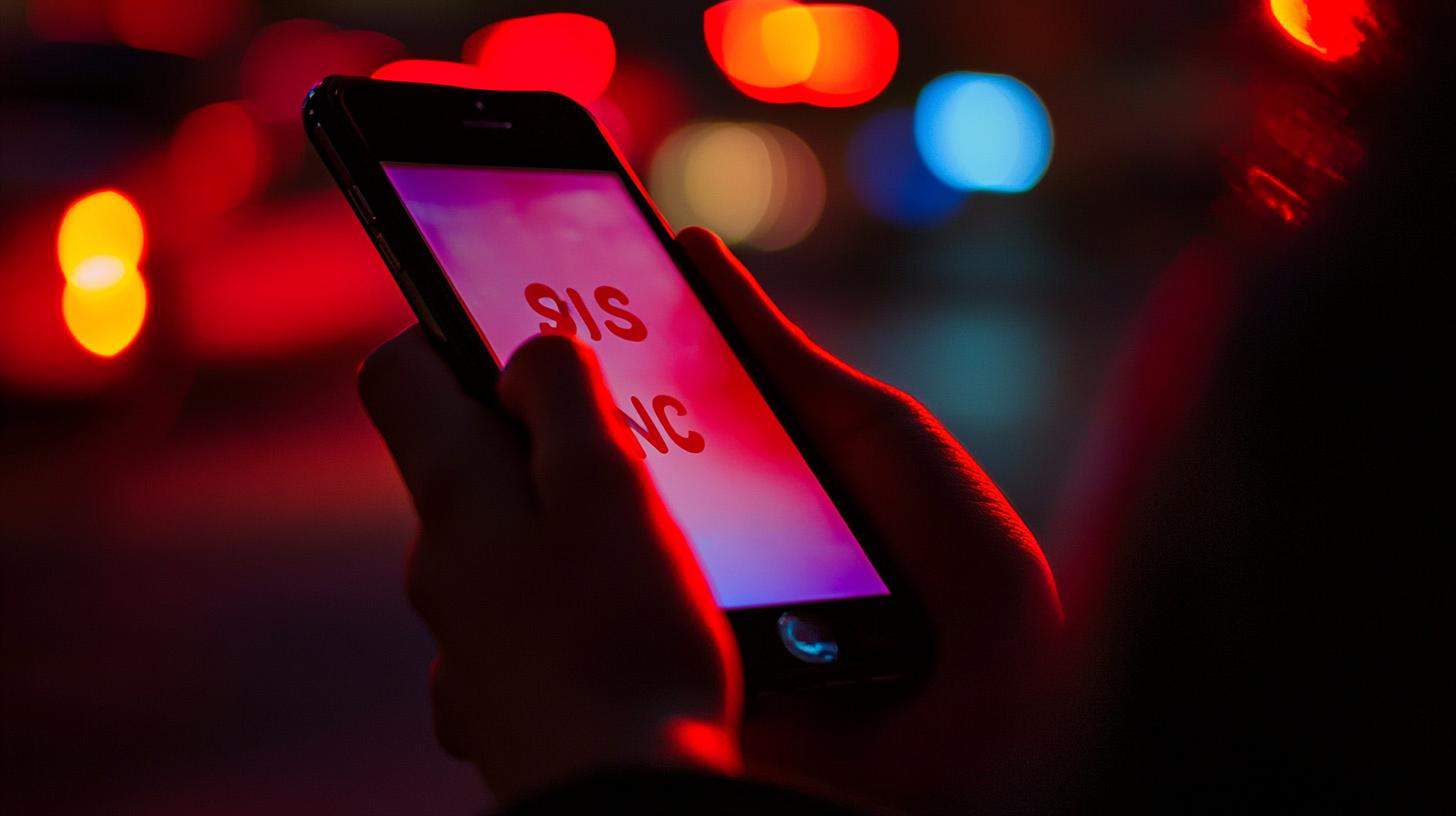If you’ve ever glanced at your smartphone and noticed “SOS” where the signal bars usually appear, you might have felt a twinge of panic. What does this mean, and should you be concerned? The presence of “SOS” on your phone can seem alarming, but it is generally a helpful feature rather than a distress signal. Here’s why your phone might be displaying “SOS” and what you should know about it.
When your phone displays “SOS,” it indicates that the device is not connected to your usual cellular network, but it can still make emergency calls. In this state, your phone can identify and connect to any available network solely for the purpose of contacting emergency services. This ensures that you can still reach out for help in situations where your mobile provider’s service might be unavailable. It’s important to note that you can only call emergency numbers like 911, not other non-emergency lines.
This feature is particularly useful in remote areas or locations where your carrier has weak coverage, but other networks are strong. Although the loss of standard network connectivity might seem concerning, the SOS function provides a reassuring safety net in potentially critical scenarios, emphasizing the priority of safety over regular connectivity.
Understanding why your phone displays “SOS” helps alleviate unnecessary fear. The feature highlights a conscientious design decision by manufacturers to prioritize user safety. The next time you see “SOS,” rest assured that your phone is equipped to keep you connected to emergency services, even when other connections are unavailable.
The Hidden Truths About Your Phone’s SOS Signal: What You Need to Know
We’ve all encountered the mysterious “SOS” symbol on our phones, and while it might initially spark concern, this feature serves a critical role. Delving deeper, the implications of this feature extend beyond personal convenience; they can significantly impact communities and national safety practices.
The Broader Impact and Controversies
Why does your phone say “SOS”? While primarily a safety feature, it highlights the pervasive issue of uneven mobile coverage, which affects rural and underserved communities globally. Countries with advanced telecommunications infrastructures may see fewer instances of this signal, but it sheds light on the digital divide elsewhere.
Critics argue that reliance on this feature could lead to complacency among telecommunication companies, potentially stalling efforts to improve network coverage comprehensively. The notion that emergency calls can still be made could theoretically reduce pressure to expand high-quality service to all regions.
Advantages and Disadvantages
On the upside, the SOS feature ensures life-saving connectivity regardless of your location, fostering peace of mind. However, it raises concerns about how emergency services are accessed via third-party networks, possibly leading to security or privacy vulnerabilities.
As our reliance on smartphones grows, such features become focal points of debate about the balance between safety technology and network improvement efforts.
Conclusion
For those looking to dive deeper into mobile advancements and network safety standards, you might explore sources like CNET and Wired. These platforms often explore the intersection of technology and everyday life, providing insights into significant industry developments.


















